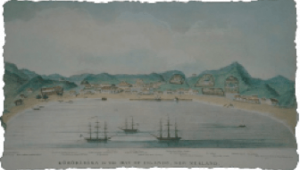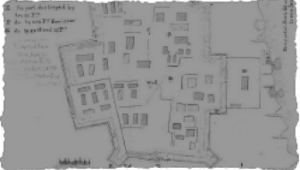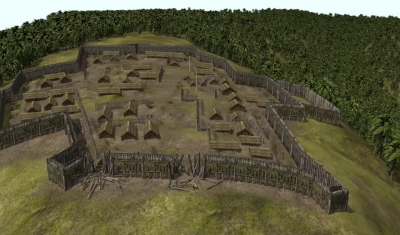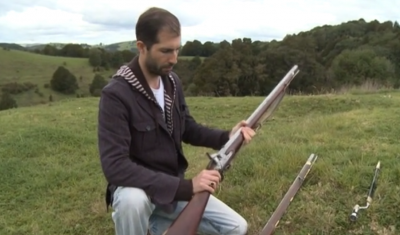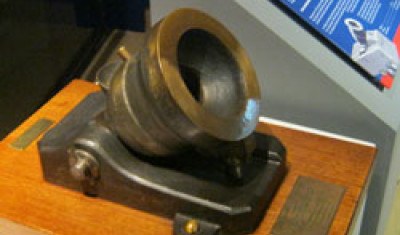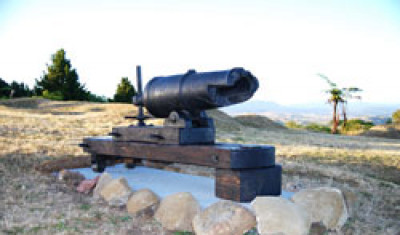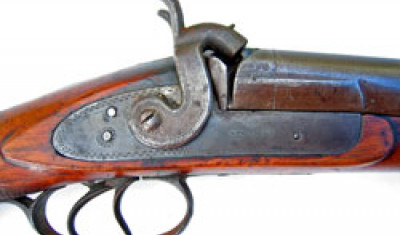
Armaments



You can’t understand the structure of Ruapekapeka Pā and the layout of the battlefield without thinking about the armaments in use during the battle. The pā is dramatically different from traditional Māori pā designed to defend against traditional Māori weapons. Ruapekapeka was especially designed to resist artillery fire and to provide high quality firing positions to defend against assault.
The British gun batteries were carefully placed to maximise the effectiveness of the heavy artillery at their disposal. They had a massive advantage in terms of fire-power. Expert artillerymen from the navy were sent to Ruapekapeka with an impressive array of cannon, mortar, howitzers and rocket tubes. The troops were armed with high quality percussion muskets, modern technology at the time.
Ngāpuhi inside the pā were armed with older-style flint-lock muskets and double-barrelled muzzle-loaders (tupara). Māori chief Te Ruki Kawiti had two pieces of artillery (a carronade and a 4-pounder gun) but he was unable to use them effectively against the British. The warriors also carried traditional club-like weapons such as patu, but this was a battle defined by the use of muskets and artillery.
Type |
Location |
| 3 x 32-pounder cannon (sea service) | one at the main camp, two at the main battery |
| 1 x 18-pounder cannon (sea service)1 |
advanced battery |
| 1 x 6 pounder brass gun (field service) | main camp |
| 4 x 5 ½ inch mortars | main battery |
| 2 x 12-pound howitzer | one at advanced battery, one at main camp |
| 2 x rocket-tubes2 (Congreve rockets) | main camp |
| Possibly some Coehorn mortars (4 ½ inch)3 |
uncertain |
1 According research by John Osborne this cannon was from the H.E.I.C.S Elphinstone, an East India Company ship sent to New Zealand (pers. com. July 2013).
2 In a despatch dated 9 January 1846, Despard refers to “an apparatus for throwing rockets”. According to J. Cowan (The New Zealand Wars 1955:75,81) the British had “two rocket-tubes” at the main camp.
3 John Osborne (pers. com. July 2013)
For more information about arms see also: New Zealand Arms Register website
